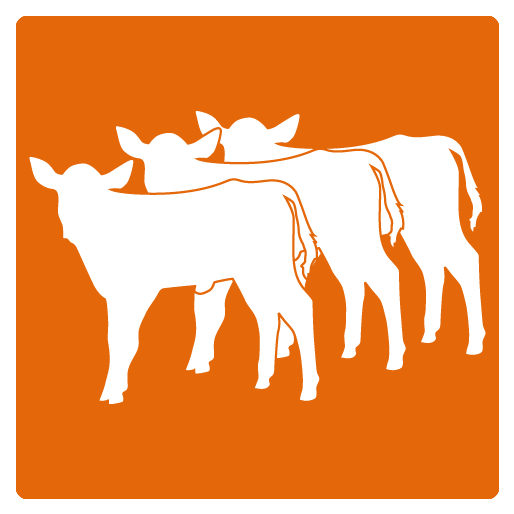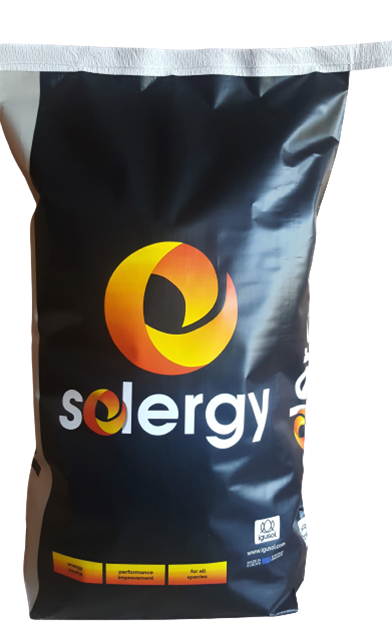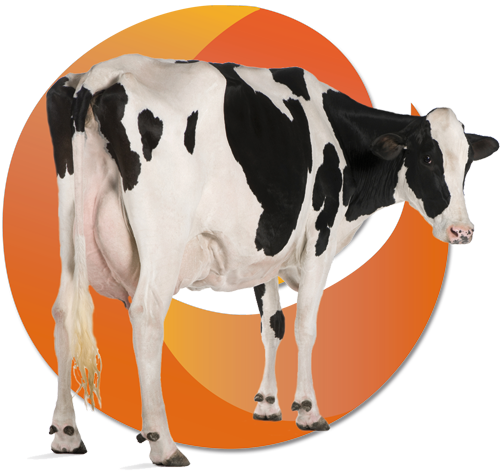IGUSOL S.A. PRIVACY POLICY AND PROTECTION OF PERSONAL DATA
PROCESSING OF PERSONAL DATA
In compliance with provisions in the regulations on Data Protection, you are informed that the data will come under the responsibility of IGUSOL S.A., whose purpose in processing is to provide a service requested by the user through our contact form, and for which we need the checkbox accepting this policy to be selected; if this is not done, we will not have your express consent and, therefore, cannot respond to your request.
In order for the services provided by IGUSOL S.A.to be processed correctly, the user must answer all of the questions in the forms appearing on our website. In addition, users must declare that they are over 18 years old.
Another purpose in processing the required personal data is to send information on the sale of current and future products and services from IGUSOL S.A.; this information will include advertising and promotional communications by mail, fax, e-mail or any other means. In order to carry out this processing, the user must tick the required checkbox on the form on the website.
Should the user subscribe to our bulletin/newsletter, their e-mail address will form part of our database for sending out news. To subscribe to this service, please tick the subscription box; if you do not do so, you will not receive our newsletter.
Given the personal nature of the data provided, IGUSOL S.A. undertakes to process these with the utmost confidentiality and to keep them secret; therefore, the company has set up security measures appropriate to the risk analysis made.
We hereby inform you that your data will not be passed on to third parties, nor will international data transfers take place, except when this is a legal requirement, or necessary solely to provide the requested service, in which case, you will be asked to consent.
RIGHTS
The data collected and processed will be kept for a limited period of time, which is necessary for IGUSOL S.A. to fulfil the legal requirements imposed on it by the various regulations applicable.The user, as an interested party, can exercise the following rights at any time by contacting the address given in the Legal Notice:
- Right of access: interested parties can ask the Manager if their data is being held and, if so, to specify which have been processed.
- Right to rectify: interested parties can request the Manager to rectify their personal data if these are not correct.
- Right of deletion: interested parties can request the Manager to delete their personal data.
- Right to oppose: interested parties can object to the Manager processing their personal data.
- Right to limit processing: interested parties can request the Manager to temporarily cease processing their data in specific cases.
- Right of portability: interested parties can request the Manager for automated data in a structured format that is easy to access and use.
- Further information on your rights can be found at www.agpd.es.
- In addition, users have the right to submit a claim to the Spanish Data Protection Agency (Agencia Española de Protección de Datos).
COOKIES
The following data is stored in each "cookie": language, date and time of the last time the user visited our website, content design chosen by the user on the first visit to our website, and security elements involved in accessing restricted areas.
We use the website to study our users' preferences (demographic features, traffic patterns, together with other information to understand the behaviour and profile of our users). Tracking our users' preferences helps us to improve our website, as well as our services.
To this end, we use the Google Analytics system (Google's tool to measure traffic on web pages), which can store cookies on its computer to help us compile information for use only for statistical purposes and to study the behaviour of users of our website. The information collected by cookies (including the IP) is stored and transmitted to Google servers in the United States. Google uses the data to collate your activity on our website and generate reports to identify the use you make of the website. Google can provide this information to third parties if required by current regulations. Accepting this policy implies acceptance of Google's use of information gathered by Google Analytics.
You can configure your browser to disallow cookies being saved in your computer. Further information can be obtained in our Cookies Policy.
COMPLETE INFORMATION ON PERSONAL DATA PROCESSING
PROCESSING MANAGER
Who is responsible for processing your data?
- Identity: IGUSOL S.A.
- Postal Address: La Losa 7-2 Pol. Ind. Lentiscares 26370 Navarrete, (La Rioja)
- E-mail: igusol@igusol.com
PURPOSE OF PROCESSING
What is the purpose of processing your personal data?
At IGUSOL S.A. we process the information provided by interested parties for the following purposes:
- Management and administration of the contractual relationship established with suppliers, customers and employees.
- To provide interested parties with commercial information on products and services that may be of interest.
- CCTV surveillance of the facilities should you decide to visit.
- To assess your candidacy for a job vacancy in the future if you have submitted your CV to us.
- To send you a newsletter, if requested.
- Management and administration of personal data of participants in visits organised by the company.
- Management of the personal data of visitors, workers in the centre and from related companies, to control access to the facilities.
How long do we hold your data?
The personal data provided will be held:
- a) While you maintain a commercial relationship.
- b) Until the interested party requests their deletion.
- c) Information that must be held for a specific period of time required by law will not be deleted until such time has legally elapsed.
LEGITIMACY OF PROCESSING
What is the legitimacy of processing your data?
The legal basis for processing your data is as follows:
- Completion of the contract if you are an employee, customer, supplier or participant in a visit.
- Legitimate interest if you have been recorded by CCTV cameras.
- Consent given by the interested party on the web page if you subscribe to the newsletter.
- Consent given by the interested party that has submitted a CV.
- Legitimate interest in sending direct marketing.
- Compliance with a legal requirement: Article 20.3 of the workers' statute on access control.
RECIPIENTS OF THE DATA PROVIDED
Who receives your data?
-
a) It is legally required to communicate data to:
☑ Social security entities (For employees)
☐Public registers
☐ Professional associations
☑ Tax authorities (For employees, suppliers and customers)
☑ Other public administration entities (For employees, suppliers and customers)
☐ The Spanish securities market commission
☐ The Spanish gambling commission
☑ Security agencies (For CCTV surveillance)
☐ Compliance with/breach of financial obligations
☑ Insurance agencies (For employees)
☐ Other financial entities
☐ Health authorities
☐ Telecommunications suppliers
☐ Advertising or direct marketing companies
☐ Not-for-profit organisations and associations
☐ Trade unions and staff associations
☐ Public administrations competent in the field
☐ European Union bodies
-
b) It is a contractual requirement to communicate data to:
☐ Organisations/persons linked to the manager
☐ Notaries and solicitors (For legal services provided to customers)
☑ Banks, savings banks and rural banks
-
c) Data (IMAGES) of WORKERS/CUSTOMERS/EVENTS/TRAINING are communicated with consent granted to the following social networks:
☑ Facebook
☑ Twitter
☑ Linkedin
☑ Youtube
* The transfers described in section c) involve international data transfer to the USA, with consent granted by the interested party.
RIGHTS OF THE INTERESTED PARTIES
What are your rights?
Everyone has the right to obtain confirmation of whether IGUSOL S.A. is processing personal data concerning them, or not.
- Right of access: interested parties can ask the Manager if their data is being held and, if so, to specify which have been processed.
- Right to rectify: interested parties can request the Manager to rectify their personal data if these are not correct.
- Right of deletion: interested parties can request the Manager to delete their personal data when, among other reasons, the data are no longer needed for the purposes for which they were gathered.
- Right to oppose: interested parties can object to the Manager processing their personal data.
- Right to limit processing: interested parties can request the Manager to temporarily cease processing their data in specific cases.
- Right of portability: interested parties can request the Manager for automated data in a structured format that is easy to access and use.
How can these rights be exercised?
In writing to IGUSOL S.A., La Losa 7-2 Pol. Ind. Lentiscares 26370 Navarrete, (La Rioja)
How can I claim?
If you think that your rights have not been addressed properly, you have the right to submit a claim to the Spanish Data Protection Agency, C/ Jorge Juan, 6. 28001 – Madrid.






